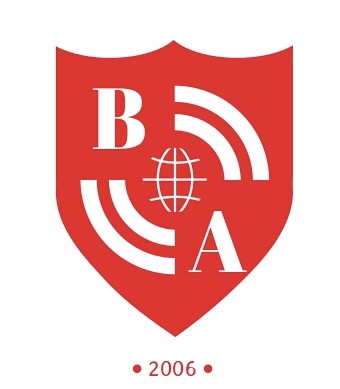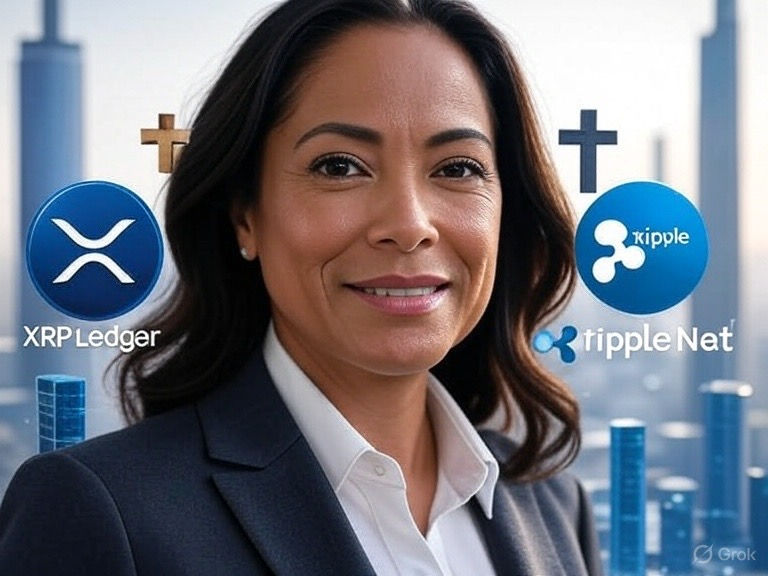Ethereum Based Optimistic Rollups vs ZK Rollups & Polygon
- Business Anthropology

- Dec 17, 2022
- 4 min read

If the traditional Internet is the Internet of Information; Blockchain is the Internet of Value. We effortlessly utilize “information data” transmitted by bandwidth in Web 2 daily, and many of us are now witnessing “value exchange” undertaken by “digital assets” and “liquidity” in Web 3. But how can we begin to participate in the Internet of Value and where is a good place to start?
Ethereum is the most popular blockchain development platform hosting the largest number of decentralized apps (DApps). Due to its popularity, in the past this Layer 1 has struggled with congestion in times of increased demand and usage. This problem created the opportunity for new solutions known as “Layer 2s” (L2) to be developed.
Layer 2 is a “collective term” for solutions that can scale Layer 1 technologies by handling transactions off the Mainnet (Layer 1) while taking advantage of the robust decentralized security of said Mainnet. Polygon Matic created the very 1st successfully implemented Layer 2 scaling solution and to date, L2s account for 30 to 40% of all Ethereum transactions (largely facilitated by Polygon Matic). Polygon has the greatest number and variety of L2 solutions; and generally speaking, L2s are essential to the overall success of the Ethereum ecosystem.
So, what are rollups? Rollups process transactions off-chain, primarily on a rollup-specific chain. They then batch, compress and deliver the transaction data to the Ethereum Mainnet. They perform computations off the Mainnet and prove the validity of transactions through one of two methods: Fraud Proof (Optimistic-rollup) or Validity Proof (Zero-Knowledge or ZK-rollup). Rollups provide a standalone execution environment with high TPS, low gas and access to all assets from Layer 1. This helps applications on the blockchain scale from Decentralized Finance (DeFi) to more general fields like gaming and social media networks.
Zero-knowledge techniques are mathematical approaches for verifying things without disclosing or sharing the underlying facts. Consider a payment app that checks if you have sufficient funds in your bank account to perform a transaction without learning anything more about your account balance or a program that verifies the authenticity of a password without having to process it. In this approach, ZK rollups foster a more private and secure brokering agreements, transactions and interactions. ZK rollups are Ethereum smart contracts that expand the network by executing numerous transactions off the main blockchain. They function by aggregating or “rolling up” hundreds of off-chain transfers into a single transaction then return to the main chain a SNARK (short non-interactive argument of knowledge) as evidence of validity.
Optimistic rollups presume that the transaction data sent to the Ethereum network is true and legitimate, as the name implies. When an invalid transaction is spotted, the network cancels the transaction and penalizes the party responsible. Optimistic rollups do this by implementing a dispute resolution mechanism that can validate fraud proofs, detect fraudulent transactions, and dissuade bad actors from submitting more invalid transactions or wrong fraud proofs. The party that is able to send batches of transactions to the Layer 1 in most Optimistic rollup solutions is required to offer a bond, which is generally in the form of ETH.
What makes this work is, both parties have risked their ETH in the transaction; the one supplying the transaction data batch and the one presenting the fraud evidence. This implies that if any party engages in any wrongdoing, their ETH will be forfeited. The suspicious transaction is completed again, this time on the main Ethereum network, whenever fraud evidence is presented. If another network participant notices an improper transaction, they can file a fraud proof. The system enters dispute resolution mode when a fraud-proof is presented.
The speed of on-chain processing is a fundamental benefit of Zero-Knowledge rollups over Optimistic ones. Zero-Knowledge rollups are recorded to the underlying blockchain ledger faster than Optimistic rollup transactions since there is no waiting period during which the transaction’s legitimacy might be questioned. The cryptographic validity proofs utilized by ZK rollups on the other hand need a lot of hash power to compute. As a result, Optimistic rollup solutions may be more helpful for projects with less on-chain activity.
Due to the absence of the validity proof calculation, Optimistic rollups are currently more scalable. A program that uses Optimistic rollups is unlikely to be affected by a large surge in transactions, while a Zero-Knowledge rollup solution may be severely slowed. The way Optimistic rollups and ZK rollups interact with smart contracts on the Ethereum network is another distinction. Optimistic rollups can run smart contracts on the main blockchain directly. On the other side, ZK rollups are unable to execute smart contracts on the main chain.
“In the medium to long term, ZK rollups will win out in all use cases as ZK-SNARK technology improves.” According to Vitalik Buterin, ZK rollups seem to be the more popular project option at this point. However, we cannot count out Optimistic rollups which have proven to be a very promising solution for scaling Ethereum.
Many Rollup projects aimed to complement Ethereum exist such as Arbitrum, Aztec, Boba, Cartesi, DeversiFi, dYdX, Fuel, Hubble, Immutable X, Loopring, Metis, Nahmii, Optimism, Sorare, StarkEx, StarkNet, Zkopru, ZKSwap, zkSync, and Worldcoin.
Polygon Matic leads the way with many different rollup offerings at this time.
Some are: Nightfall (Privacy and Enterprise), Avail (Scalable Data Availability), Miden (STARK-based zkr), Edge/Supernet (build a blockchain) and Zero (zkr with Plonky2). Internally, Polygon is working on an EVM opcode based zkEVM. “Hermez.” It is shaping up to be a really fast zero-knowledge crypto prover that can prove any EVM transaction (Zero). This new zkVM will have parallelization and privacy built in (Miden), a new EVM rollup sequencer node, and a brand new data availability layer targeted for sovereign rollups and Validiums. Ultimately, Polygon Matic plans to offer the very best public chains (ZK rollups) and app-specific chains (ZK rollups, Validiums, Sovereign rollups) via a SDK with a decentralized sequencer hub.
Within this brave new world of Web 3 and value exchange, L2s act as a connective bridge. They allow new assets and new forms of digital value to be integrated into societal elements. From business, to art, to finance, to scholastics and medicine; to truly whatever one can think of. Polygon Matic is making it possible for anyone or any industry to begin to utilize the benefits of Ethereum in ways never before imagined. It is a “good place to start” when learning more about and taking your first steps within the Internet of Value.



Comments